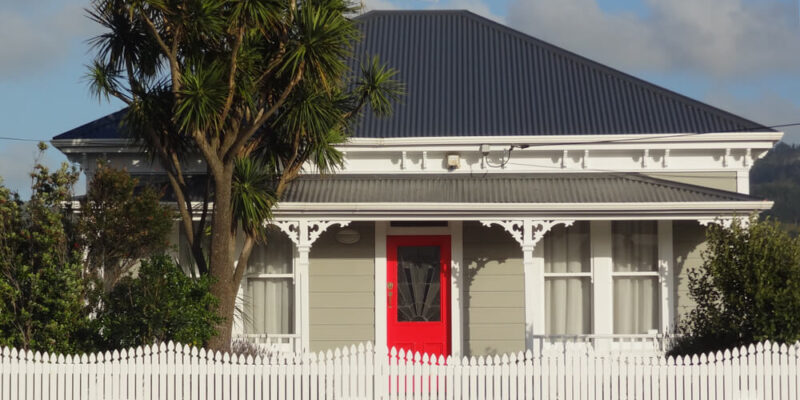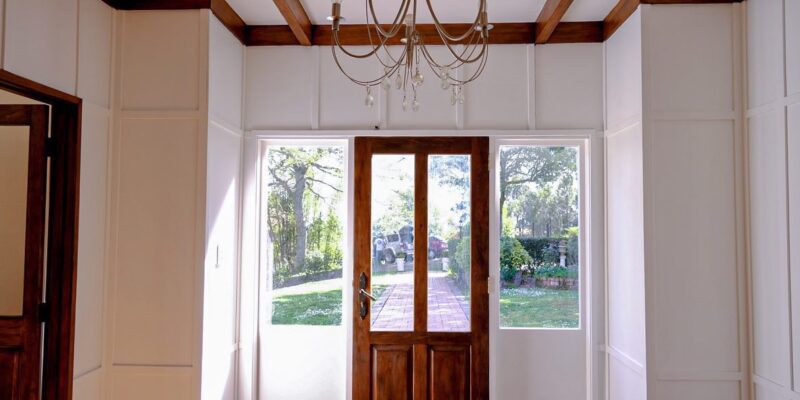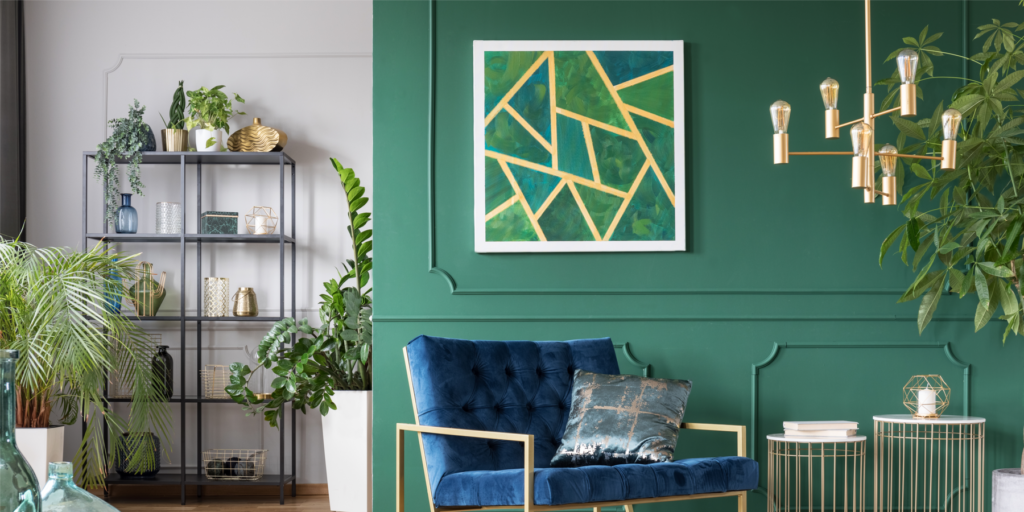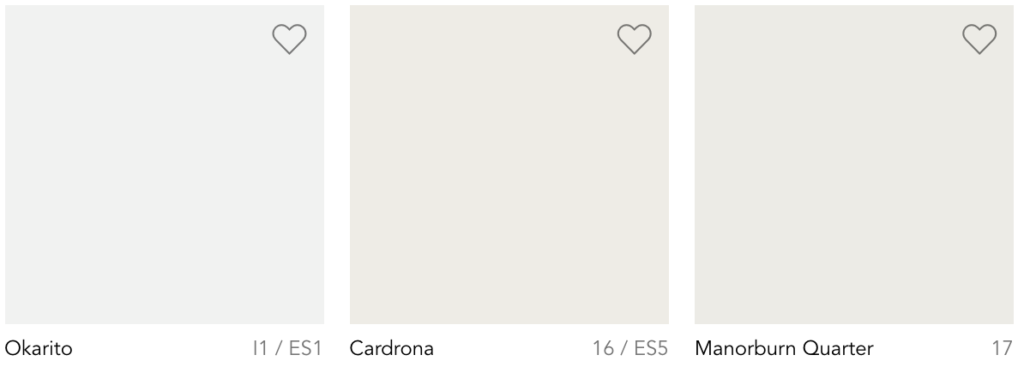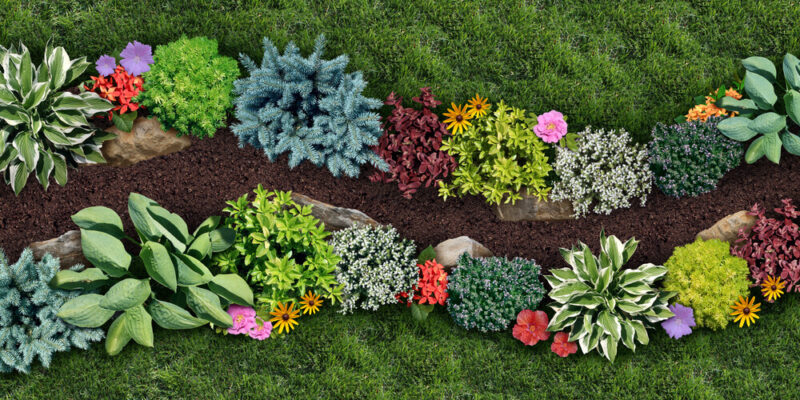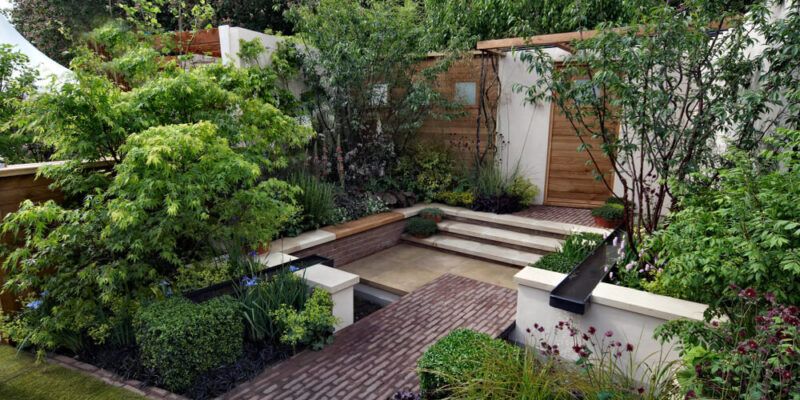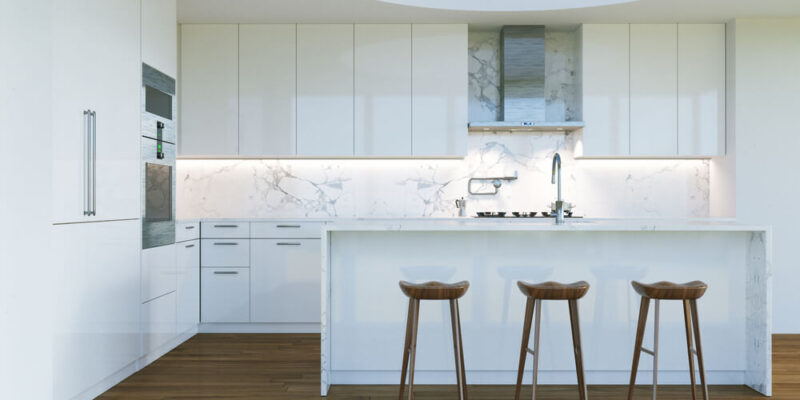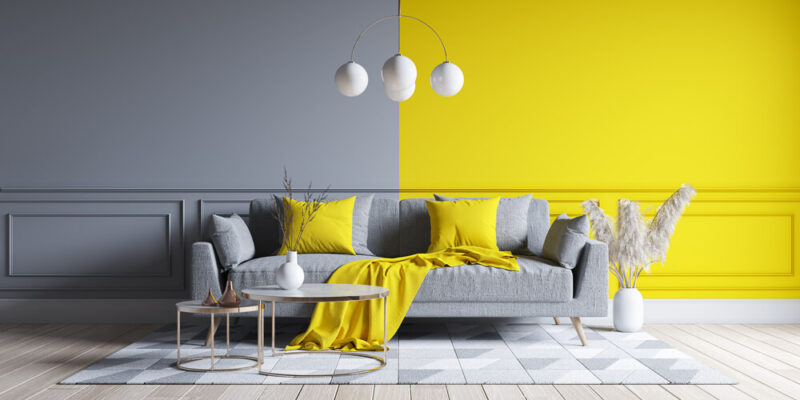Make the first right impression… with your fence.
When it comes to making your home shine, look further than the house itself. A well-maintained fence surrounding your property can be the magic touch that allows your home to stand out from the neighbour’s.
A fence with personality doesn’t mean you have to go overboard with bright colour; an elegant, subtle shade can bring equal amounts of wow factor and street appeal.
There comes a time when our garden fences start to look worn and dated, paint becomes chipped and peeling, requiring a fresh coat of paint. Painting it will not only make it look stylish but maintain its quality too.
When you’re ready to paint, consider how you want your fence to work for your property. Do you want it to appear unnoticed compared with your house? Or would you prefer it to ooze character, popping out in personality? Expand your thinking from simple whites and explore the possibilities of other colour options. The right choice will certainly ensure visual appeal to those passing by.
When considering your colour, take into account a few points. Whatever shade you choose, even if it is a bold, contrasting hue, it needs to complement your landscaping and home. Ensure it relates to your exterior; consistency is key for a cohesive look throughout your property. After all, your fence is the setting for your outdoor space.
COLOURS
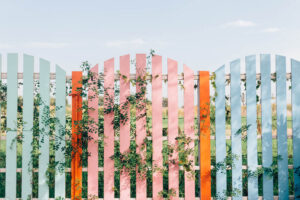
The classic white picket fence painted in Resene White or Resene Alabaster complements most styles of homes, but particularly those of a heritage fashion. A safe option is to go with a colour that echoes your house shade, such as a vintage-style cream or warm neutral.
For visual interest, coordinate your fence with the colour used on your home’s trim, such as a pale grey or a soft dusky blue. This will bring an attractive edge to the traditional fences that surround older homes. Throw in a surprise element by painting your posts a different colour for contrast, be it a gentle tone or a bright hue.
For an elegant hint of colour, navy blue is a subtle tone that brings character to a fence and garden. It beautifully suits against homes in white or soft gentle colours.
If you want attention drawn away from your fence, preferring it to recede, a dark charcoal grey, like Resene Charcoal, is best. This contrasts with any foliage you have growing, focusing on such greenery. The dark tones will encourage the eye to zone in on the plants’ colour, not the fence itself.
Black, such as Resene All Black, may seem like a scary choice to some, but it is less noticeable than you might think. It’s a sophisticated choice that suits a contemporary home, or a villa that has been renovated with a modern extension. To soften this dark tone, guide vertical planting, such as climbers, to extend your garden upwards, bringing lush greenery to your setting. When you’re choosing a dark colour outside, choose the Resene CoolColour version to help reflect more heat than a normal version of the colour.
An easy choice for a fence colour is to use the same colour as your home’s exterior. If your front door is in a bold, vibrant colour, you can bring this accent to your fence too – be it on your letterbox or the fence posts.
COMBINE NATURAL ELEMENTS
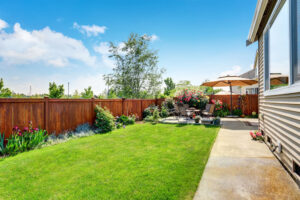
Take your cue from the plants in your garden when they’re in bloom. You may have the fire-orange from a bird of paradise plant growing in your garden, which you could bring onto a statement feature wall in your back patio. Just as you might have an accent wall in your interior, consider this as the same but outside.
Coloured feature walls are always beneficial in winter, when the summer blooms have died down, and there is less colour in the garden itself. A bright hue on a feature wall allows for character through all of the seasons. Choose a pastel hue or an earthy warm colour for an inviting setting. Such a feature creates an intimate space when combined with white outdoor furniture and lush planting, zoning certain areas. Use a neutral paint colour or Resene wood stain on the remainder of your fence to let your feature wall shine.
Let the natural grain of your wooden fence resonate, apply an exterior stain, such as Resene Waterborne Woodsman. You can find your ideal shade from a range of colours in the Resene Exterior Woodcare chart – your stain will need to be reapplied every few years to keep your fence looking great. Existing stains and weathering will show through a wood stain finish – for an old weathered and stained fence always clean it first with Resene Timber and Deck Wash before staining for the best result.
Take into account whether your interior has natural timber features on the flooring and joinery, or on your home’s exterior cladding. Echo this in the same way, applying a simple stain to let the natural wood hold its own.
Get creative with the layout of your slatting on timber fences, choosing to lay them horizontally can provide a streamlined look. Paint the top half a dark colour, such as Resene Woodsman Pitch Black timber stain, leaving the bottom half in a more natural look with Resene Woodsman Natural timber stain, for interest.
If you can see your back fence from your home’s living area, consider how you create a seamless flow in this regard. Black-framed bi-folds may grace your modern home, so why not repeat this accent with a black fence around your garden? The visual continuity will be pleasing to the eye.
If your home has a basic material combination of warm wood, fresh white and a dark accent colour, repeat this in your fence. You might have a stained timber posts with white weatherboards connecting them.
Combining various surfaces can work together in favour of your home and are ideal for those who love pattern and print. Exterior tiles in colourways that blend in with your house are a way to bring interest to your outdoor setting, be it an outdoor courtyard with a garden or a pool area with tropical planting. Tile one part of your fenced area, then pick a colour from these tiles and paint your surrounding fences in the same colour in Resene paint.
By getting creative with your fence, whether it’s in a subtle fashion or a bold manner, you’ll guarantee instant street appeal and, more importantly, better longevity of your fence, especially if you honour the style and aesthetic of your house in your choice of paint.
Contact us for a colour consultation and a free quote for your exterior project.
Thanks to RESENE for the information & inspiration.
Credits: https://www.resene.co.nz/

